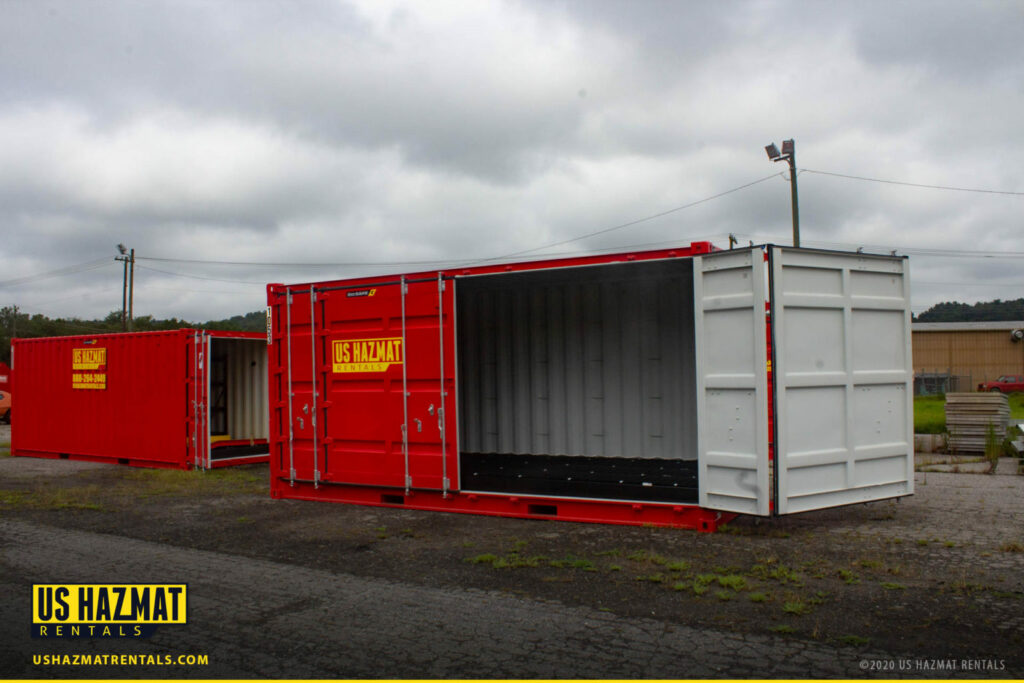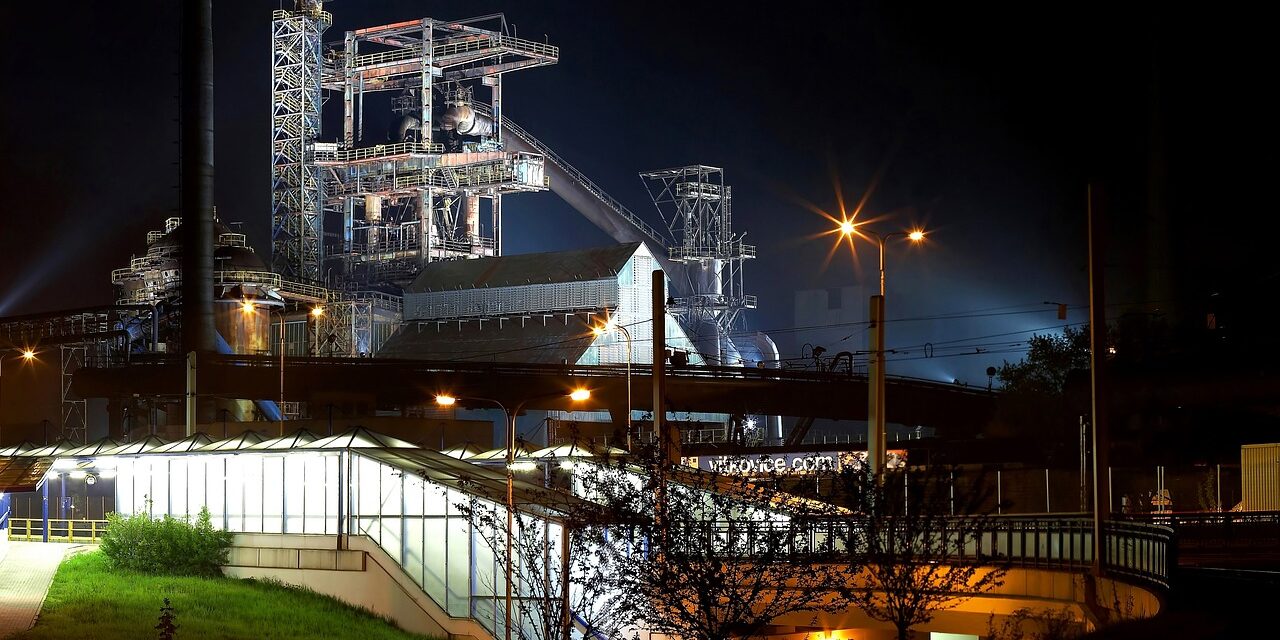OSHA doesn’t have any love for repeat offenders. The federal agency tasked with regulating workplace safety nationwide admonishes manufacturers that create perilous working conditions for employees. Although most OSHA penalties range from $5,000 to $20,000, few approach egregious extremes. While OSHA penalties are administered to underscore worker safety, federal inspectors impose fines for corrective, not punitive, measures. Such flexible bureaucratic leeway is intended to give companies time and guidance to fall back into compliance before severe injury or fatalities from improper working conditions can metastasize. Even repeat offenders are rarely sanctioned with fines over $160,000. OSHA finally ran out of patience with a historic steel foundry in upstate New York last week. A steel mill, which has operated for nearly 150 years, was slapped with a nearly unprecedented $1 million fine for willful safety violations.
OSHA Cites Foundry for Repeat Violations
OSHA is more interested in corrective measures than stuffing the treasury department with paid fines. Despite repeat warnings, OSHA went nuclear against the Syracuse iron foundry with a massive six-figure penalty. The cumulative fines follow two dozen willful, repeat, and serious violations. OSHA cited the foundry, which is the nation’s largest ductile and malleable iron foundry, with two serious violations in 2023. The most recent fine follows a federal settlement abatement from 60 accrued violations, totaling $276,189 in penalties. Although OSHA initially opted for forbearance to bring the company’s wheelhouse back within closer federal oversight, the foundry allegedly failed to promptly act with due diligence in protecting workers.
“(The foundry’s) troubling history of exposing its employees to serious hazards must end,” said OSHA Area Director Jeffrey Prebish in Syracuse, New York. “Despite their agreement to correct violations, they once again failed to implement proper safeguards. OSHA will continue to perform its mission and hold employers accountable when they fail to meet their legal obligations to protect the safety and health of their workers.”
Foundry Subjected Workers to Persistent Hazards

OSHA didn’t elaborate on why the foundry enjoyed such leeway before abruptly changing its chemical jurisprudence. Although we suspect being the nation’s largest foundry of its type likely accounted for their previously enjoyed reprieve, OSHA had finally had enough by leveraging a rarely enacted six-figure fine. OSHA alleges the foundry exposed workers to various fire and explosion risks from uncapped gas lines. Furthermore, mill employees sustained struck-by injuries while operating cranes and lifting devices. The absence of protective guardrails also led to employee falls and other impediments. Hazardous jobsite atmospheric conditions in the kiln also led to asphyxiation hazards. Mismanaged lighting burners were believed to result in employee thermal burns. While further corrective measures could be forthcoming, the scope of the fines cannot be understated. The company employs over 150 people who cast metal components for the automotive, construction, oil and gas, and rail industries.
Investing in Compliant Chemical Storage Protects Workers, Prevents OSHA Fines

Among the notable transgressions, the foundry’s lackadaisical chemical inventorying protocols are the most preventable. While proper chemical labeling is among the more mundane housekeeping duties of any industrial setting, checking off elementary procedures can lead to disastrous consequences. OSHA alleges an unspecified number of employees sustained chemical burns while using hazardous materials without labels. Proper chemical labeling should be a top priority for any industrial manufacturer. With the inclusion of material safety data sheets, chemical labeling engenders compliant inventorying while apprising employees of which personal protective equipment to adorn while applying dangerous chemicals. Additionally, the steel foundry was without emergency eyewash stations, compounding myopic labeling procedures. Employees injured from improper chemical application were left with no immediate amelioration afforded by emergency eyewash stations.
Industrial manufacturers should respect OSHA, EPA, and NFPA 30 guidelines for proper chemical storage. Adhering to commonsense storage and operating procedures protects workers while mitigating potential spills and environmental incursions. Investing in compliant chemical storage can complement safe working protocols in heavy industries. U.S Hazmat Rentals regularly designs storage units to ensure proper ventilation of storage containment areas prior to entry and also integrated eye-wash stations when our units are designed for mixing and dispensing materials where user are in contact with open containers and raw materials. Contact us for a free quote and consultation to learn more about how you can better protect workers while safeguarding the bottom line.






